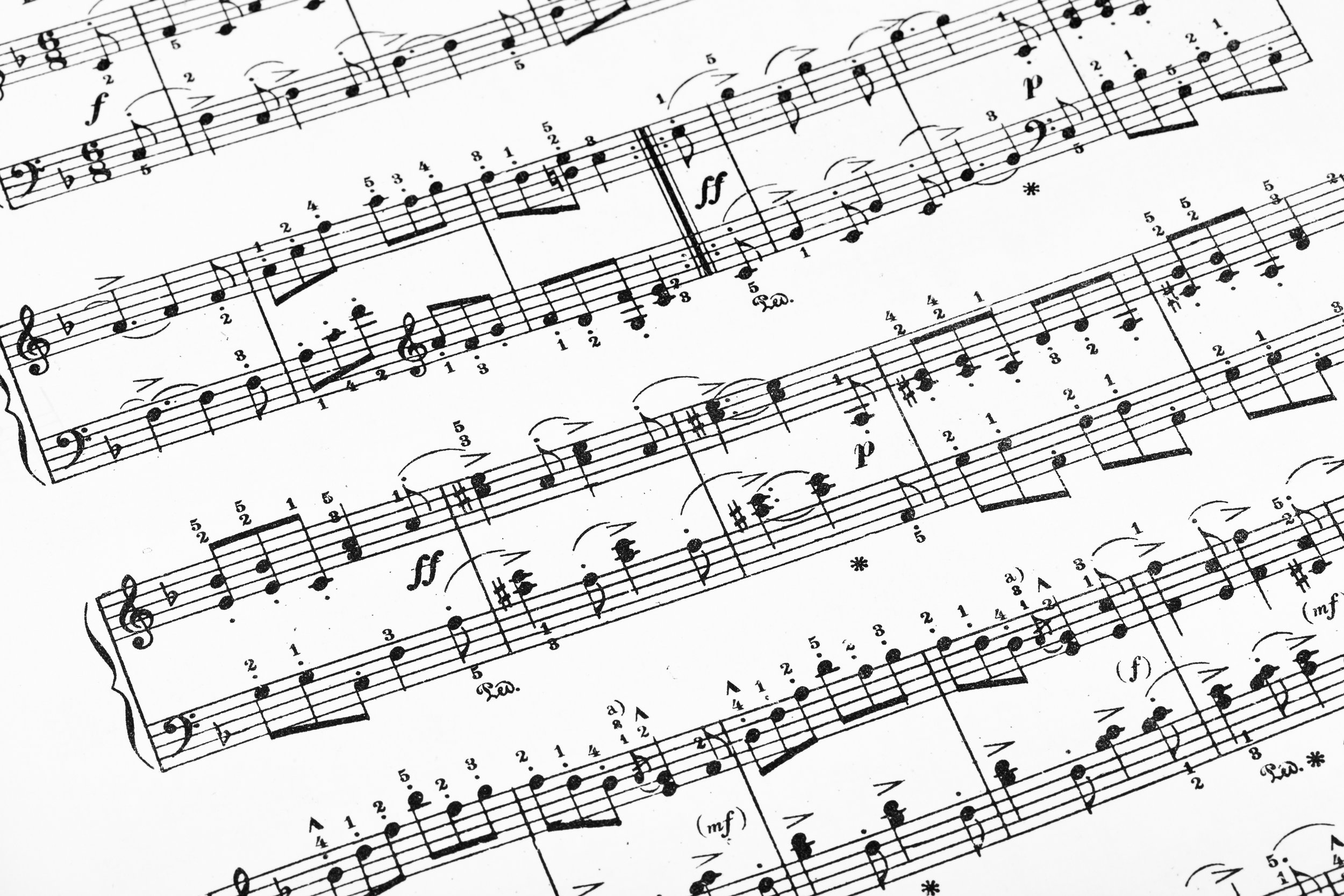A Quick Guide to Music Modes: Unlocking New Creative Possibilities
Introduction:
Music modes are one of the most powerful tools in a composer’s toolkit. They offer a variety of moods, colors, and emotional textures, giving your music a distinct character that goes beyond standard major and minor scales. But what exactly are music modes? In simple terms, they are variations of the traditional scales that create different atmospheres based on how the intervals between the notes are structured. Used by composers throughout history—from ancient Greece to modern day—modes can breathe new life into your compositions and take your music in exciting, unexpected directions.
Let’s dive into the seven traditional music modes, their unique qualities, examples of how they’re used, and how you can incorporate them into your own music.
The 7 Music Modes: Explained (with Examples)
Ionian (The Major Scale)
The Ionian mode is essentially the standard major scale, creating a bright, happy sound. It’s the foundation of most Western music and is often used in pop, classical, and many other genres.
Example: "Ode to Joy" by Beethoven (Symphony No. 9) is a classic piece in Ionian mode, as is "Twinkle, Twinkle, Little Star."
Pattern: W-W-H-W-W-W-H (W = Whole step, H = Half step)Dorian
The Dorian mode has a minor feel, but with a raised 6th that gives it a brighter, more hopeful sound compared to the natural minor scale. It’s frequently used in jazz, folk, and blues.
Example: "Scarborough Fair" (traditional folk song) and "So What" by Miles Davis both use the Dorian mode to create a mellow, yet uplifting atmosphere.
Pattern: W-H-W-W-W-H-WPhrygian
Known for its exotic and somewhat dark sound, the Phrygian mode has a lowered 2nd note, giving it a distinct flavor that’s often associated with Spanish or Middle Eastern music.
Example: "White Rabbit" by Jefferson Airplane and "Asturias" by Isaac Albéniz are famous examples of Phrygian mode in action, conveying a sense of mystery and tension.
Pattern: H-W-W-W-H-W-WLydian
The Lydian mode has a dreamy, ethereal quality thanks to its raised 4th note. It creates a sense of wonder and fantasy, making it a favorite for film scores and uplifting compositions.
Example: "The Simpsons Theme" by Danny Elfman and "Here Comes the Sun" by The Beatles both use Lydian mode to create a sense of optimism and brightness.
Pattern: W-W-W-H-W-W-HMixolydian
The Mixolydian mode has a major sound with a lowered 7th, giving it a laid-back, bluesy feel. It’s commonly used in rock, blues, and jazz, where a relaxed or slightly "edgy" sound is needed.
Example: "Sweet Home Alabama" by Lynyrd Skynyrd and "Norwegian Wood" by The Beatles are classic Mixolydian tracks, characterized by their mellow, yet groovy vibe.
Pattern: W-W-H-W-W-H-WAeolian (The Natural Minor Scale)
Also known as the natural minor scale, the Aeolian mode is often used to evoke melancholy, introspection, or sadness. It’s a staple in classical music, film scores, and even metal.
Example: "Summertime Sadness" by Lana Del Rey and "Stairway to Heaven" by Led Zeppelin both use Aeolian mode to convey deep emotion and a sense of longing.
Pattern: W-H-W-W-H-W-WLocrian
The Locrian mode is the most dissonant of the modes due to its lowered 5th, creating a tense and unstable sound. It’s rarely used in popular music but is effective for experimental or avant-garde compositions.
Example: Metallica’s "The Thing That Should Not Be" and the theme from "The X-Files" (composed by Mark Snow) both draw on Locrian mode for their eerie, unsettling sound.
Pattern: H-W-W-H-W-W-W
Conclusion
Music modes are like different lenses through which you can view and shape your compositions. Each mode offers its own distinct mood and character, allowing you to explore a wide range of emotions and atmospheres. By moving beyond the familiar major and minor scales, you open the door to endless creative possibilities. Whether you’re seeking to evoke joy, sadness, mystery, or something in between, there’s a mode to fit your vision.
For composers, experimenting with modes is not just a way to overcome creative blocks but also a path to discovering fresh, unique sounds. So next time you’re stuck or looking for inspiration, consider diving into one of these modes. You might just find your next great melody hidden in the unfamiliar terrain of a Phrygian or Lydian scale.


